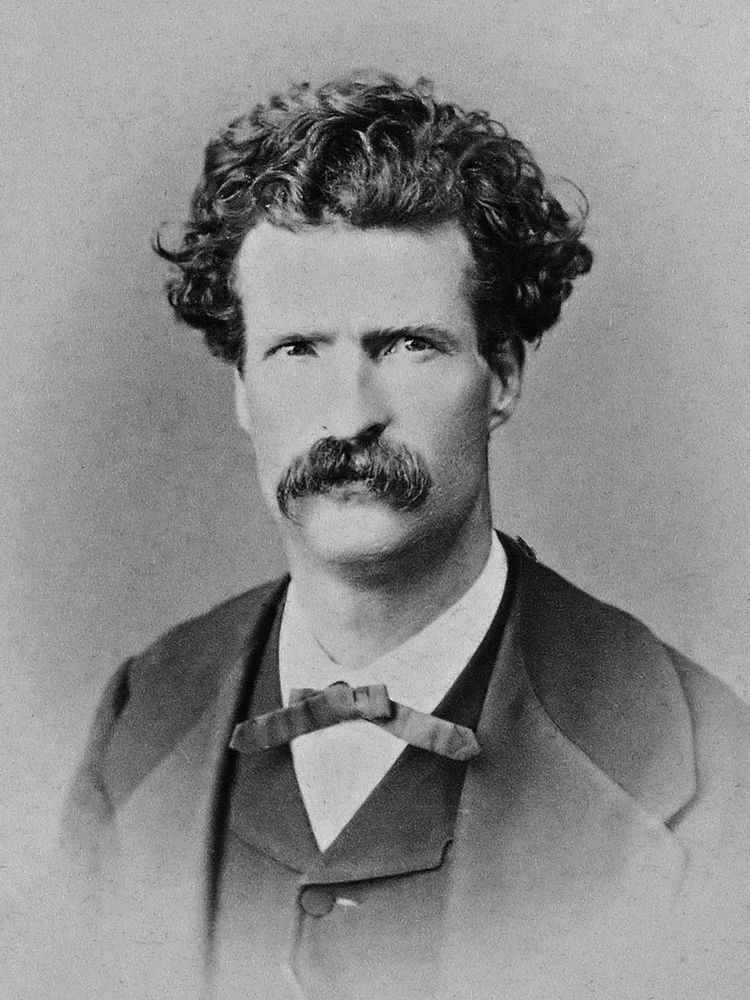Cultural origins American Old West | ||
 | ||
Features Hoaxes, wit, audacity, irreverent attitude | ||
Sagebrush school pumpkin chucking trebuchet 10 25 08
The Sagebrush School refers to the literary movement written by the men of Nevada. The sagebrush shrub is prevalent in the state. It was a broad-based movement as it included various literary genres such as drama, essays, fiction, history, humor, journalism, memoirs, and poetry.
Contents
- Sagebrush school pumpkin chucking trebuchet 10 25 08
- Sagebrush school pumpkin chucking trebuchet2 10 25 08
- Writers
- Anthologies
- References
The roots of the movement were in the American Old West. The Sagebrush School was the main contributor to American literature from Nevada's mining frontier during the period of 1859 to 1914. There were several characteristics of this movement that distinguished it from others, such as literary talent; these authors were known to be intelligent and accomplished writers. The style included hoaxes, wit, audacity, or an irreverent attitude. The inspiration for the movement began with Joseph T. Goodman of the Virginia City, Nevada Territory's Territorial Enterprise. The most notable of the Sagebrush School writers, and a Territorial Enterprise journalist, was Mark Twain. In 2009, the Sagebrush School was inducted into the Nevada Writers Hall of Fame.
